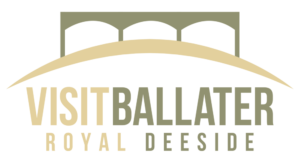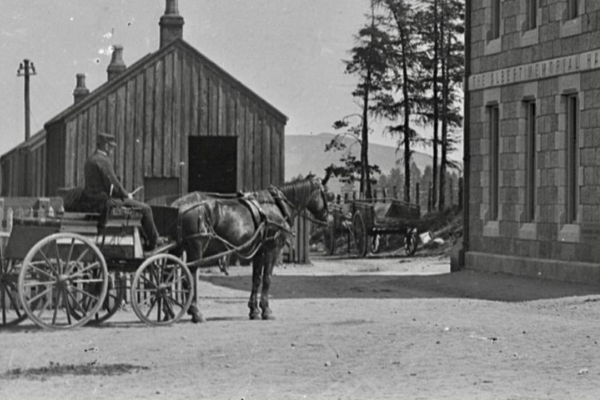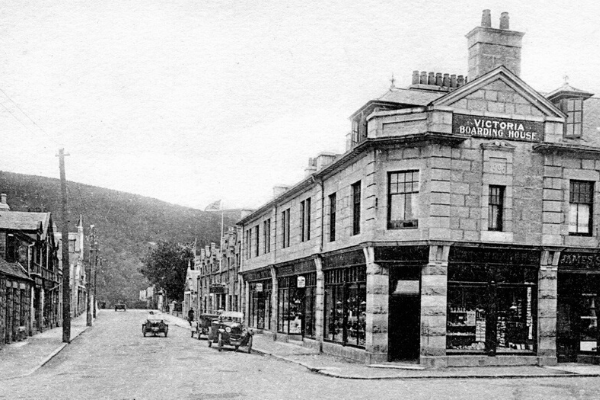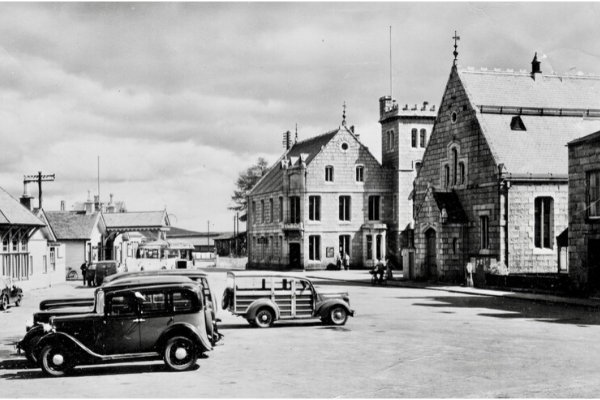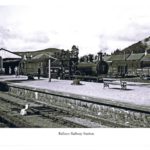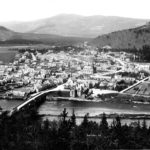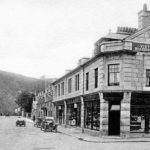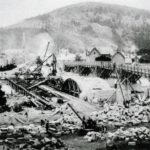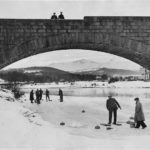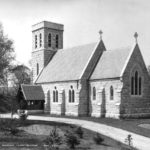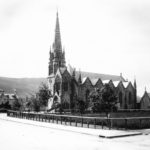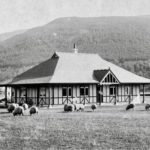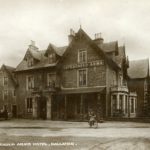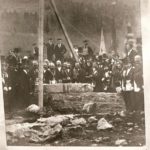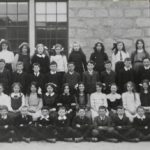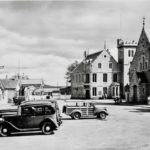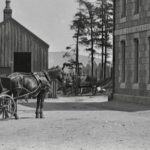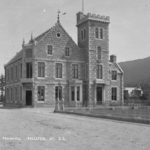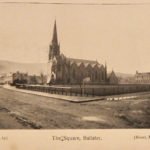There have been many meanings and spellings of Ballater over the years, but the commonly accepted meaning is “Pass of the Water”. The name was taken from a group of houses at the east end of the Pass of Ballater. The old spelling was Bealadair – Bealach means “pass” and Dair means water. Ballater’s origins date back to the early 1300s when the area became part of the estates of the Knights Hospitaller of the Order of St John. Its location has always been a strategically important one, commanding both the Dee Valley and Glen Gairn, running north to Strathdon. There were three parishes in the area, Glenmuick, Glengairn and Tullich, Tullich being the main centre of activity. The coach from Aberdeen ended its journey there and the road to Braemar was just a track, now known as the Pass of Ballater.
The founders of Ballater were Francis & William Farquharson of Monaltrie of Crathie. When Pannanich Wells were discovered to contain healing Francis Farquharson then set about developing them. This proved extremely popular with the society of that time. Soon the ferry carrying the people to the Wells became too busy to cope and Francis asked for permission to build a bridge over the River Dee. Permission was granted on the condition that he also built a Church. The Bridge was built in 1783 and the Church on the moor was built in 1798. The churches in the three original parishes closed and the village of Ballater began. The building of the Bridge and the Church brought people to the area; plans were prepared, and streets were laid out in a grid system, around the church.
The railway first came to Ballater in 1866, when the Deeside Railway built a station. Whether this fed the tourist boom, or simply took advantage of the draw created by Queen Victoria’s purchase of Balmoral Castle in 1852, is debatable. This ever more prestigious traffic led to the rebuilding of the station to a rather grander scale in 1886. Regular use was made of the railway by the area’s royal residents, their guests and tourists. The railway service to Ballater was sadly among many that were cut in 1966. Ballater is also known for its Highland Games, which traditionally take place during the third week of August each year, the first taking place in 1864. A stroll around the village reveals a fascinating range of shops and services. Equally fascinating, and indicative of the continuing Royal presence in the area at Balmoral, are the collections of “By Appointment” signs adorning many of the businesses in Ballater. Today’s Ballater continues to serve as a touring centre for Deeside and beyond; long may it continue.
